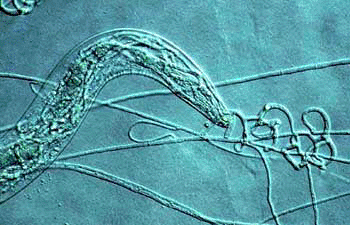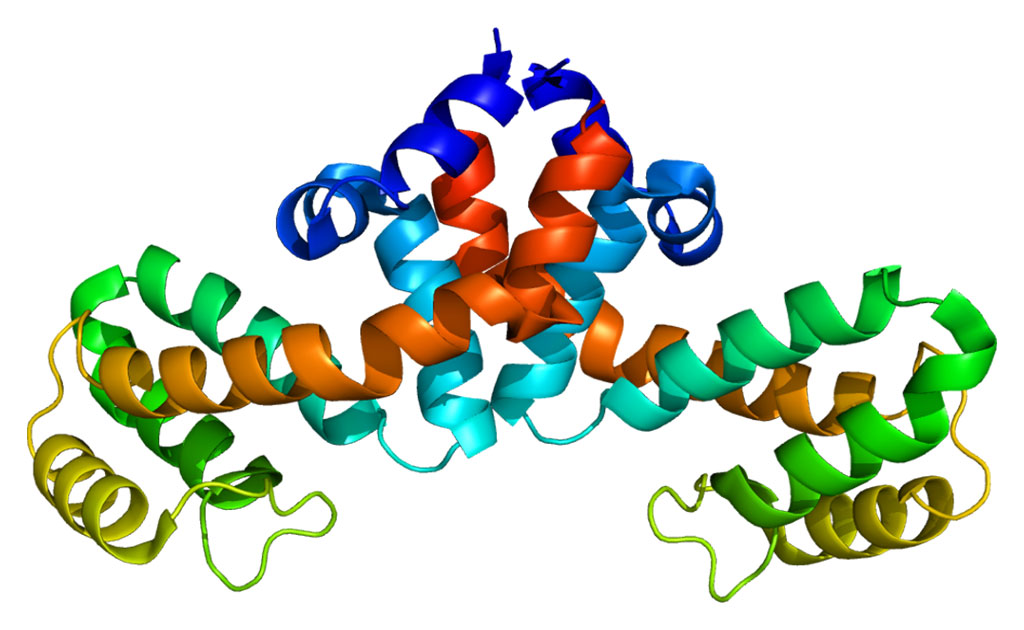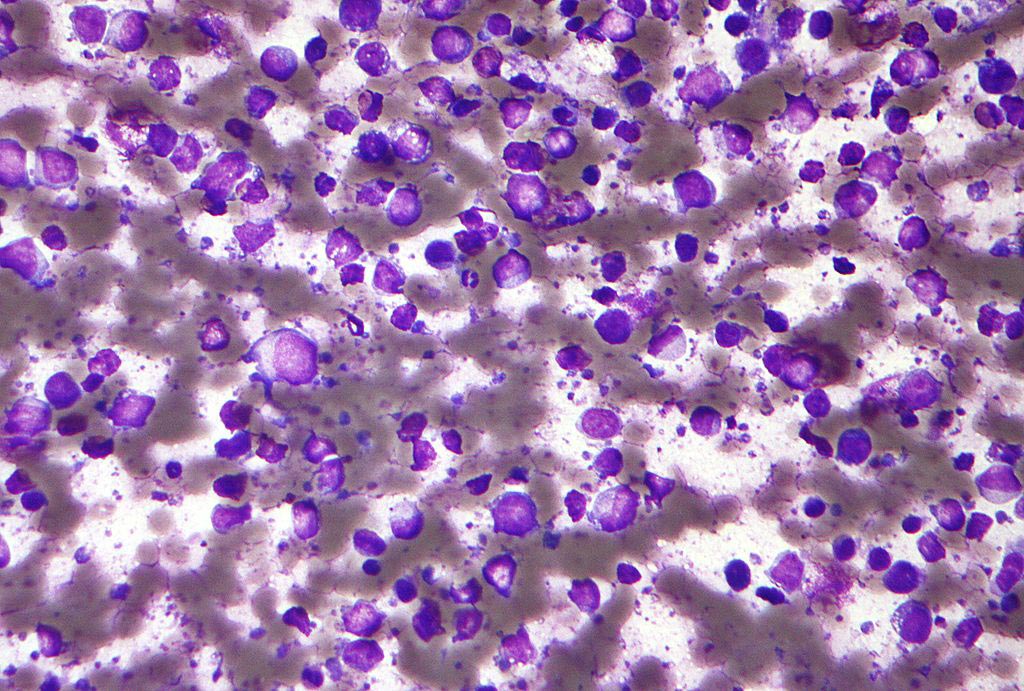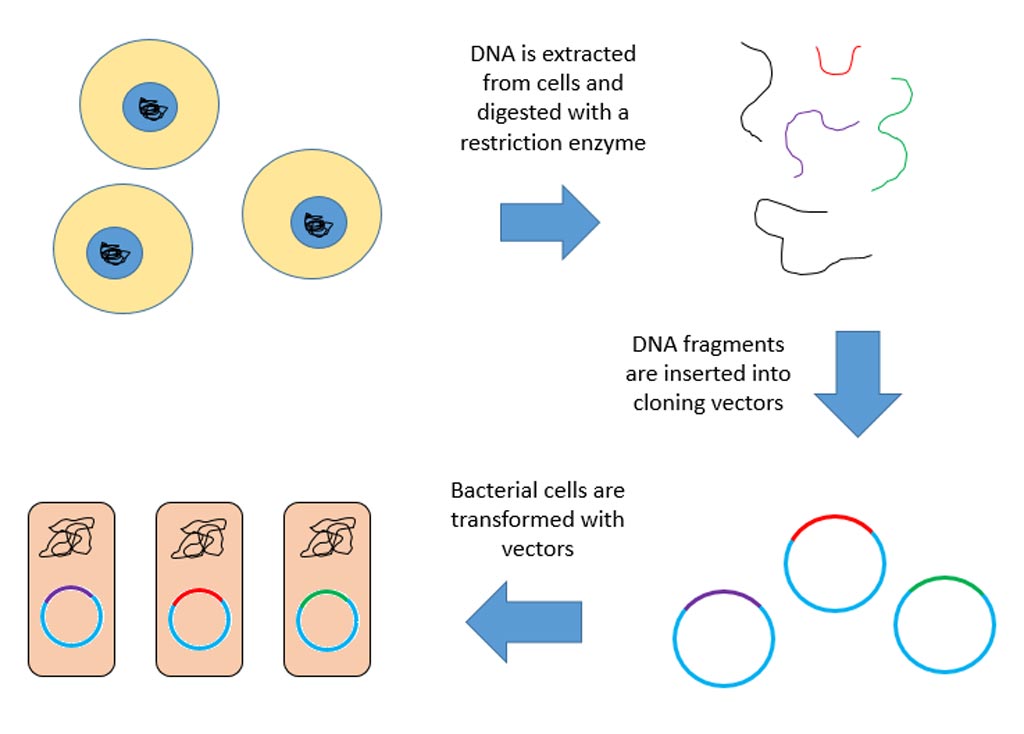Roundworm-Eating Fungus Has Cancer-Fighting Abilities
By LabMedica International staff writers
Posted on 17 Dec 2012
The fungus Arthrobotrys oligospora survives by eating roundworms, and a recent finding could give the fungus’s life more significance as a cancer fighter.Posted on 17 Dec 2012
Dr. Zhang, an associate professor of biomedical engineering at the University of Tennessee, Knoxville (USA) and coworkers, have discovered that nanoparticles generated by A. oligospora hold potential for stimulating the immune system and killing tumors. The findings are published in the December 2012 issue of the journal Advanced Functional Materials.

*Roundworm-Eating Fungus Has Cancer-Fighting Abilities Image: The fungus Arthrobotrys oligospora (Photo courtesy of George Barron).
Dr. Zhang and research associate Dr. Yongzhong Wang were examining A oligospora’s trapping mechanisms for roundworms when they discovered the fungus secretes nanocomposites consisting of very uniform nanoparticles. Nanoparticles are miniscule particles that have been shown to be significant for cancer therapies.
“Naturally occurring nanoparticles have drawn increasing interest from scientific communities for their biocompatibility,” said Dr. Zhang. “Due to their high surface-to-volume ratio, nanoparticles have demonstrated unique optical, thermal, and electronic properties. In addition, their small size allows them to easily cross cell membranes, an essential requirement for cancer therapy.”
The researchers studied the fungal nanoparticles’ potential as a stimulant for the immune system, and found through an in vitro study that the nanoparticles activate secretion of an immune-system stimulant within a white blood cell line. They also assessed the nanoparticles’ possibilities as an antitumor agent by evaluating in vitro the toxicity to cells using two tumor cell lines, and discovered nanoparticles do kill cancer cells.
According to Dr. Zhang, nature faces many diseases, and offers rich mechanisms for curing them as a result of evolution. Nature-based nanostructures possess near endless diversity, which may offer novel solutions for therapeutic applications. “This study could be the entrance into a gold mine of new materials to treat cancers,” remarked Dr. Zhang. “Understanding how these nanostructures are formed in the natural systems will also provide templates for the synthesis of a future generation of engineered nanostructures for biomedical applications.”
The investigators approach has the potential to create a new way to control the generation of organic nanoparticles using synthetic biology. “This exciting discovery is the first step forward in the development of natural nanoparticle-based therapeutics for cancer treatment and demonstrates the importance of looking to nature for innovation in disease treatment,” concluded Dr. Zhang.
Related Links:
University of Tennessee, Knoxville














